Gaston-Louis Roux born January 24, 1904 in Provins and died March 30, 1988 in Paris is a French designer and painter.
Attracted by painting, he entered the Académie Ranson in 1919 where his teachers were Maurice Denis, Paul Sérusier and Édouard Vuillard. He stayed there until 1922 and joined Raoul Dufy as assistant decorator.
In 1926, a career as a draftsman began for him thanks to André Malraux and Pascal Pia who entrusted him with illustration work (Les souvenirs d'égotisme, by Stendhal; Les exploits d'un jeunesse Don Juan by Apollinaire; Les Lettres de Mérimée, etc.)
In 1927, he met Élie Lascaux and André Masson who introduced him to Daniel-Henri Kahnweiler. The latter runs the Simon gallery and takes the young painter under contract. Gaston-Louis Roux then met the gallery's artists, including the Spanish painter Josep de Togores (1893-1970) and numerous writers. In 1929, Kahnweiler offered him his first individual exhibition, prefaced by Roger Vitrac.
The crisis of 1929, the effects of which were felt later in France, led the Simon gallery to interrupt the payments it made to its painters in 1932. Without a job, without prospect of finding one and wishing to end a romantic affair, he decides to participate, as a painter, in the “Dakar-Djibouti” mission of which his friend, the ethnologist Michel Leiris, is part. After an epic journey, Roux brought back the frescoes from the church of Antonios (in Abyssinia, near Gondar), to the Musée de l'Homme, they are currently kept at the Musée du Quai Branly - Jacques-Chirac.
Upon his return, he returned to painting and found his poet friends Jacques Baron, Robert Desnos and Roger Vitrac. With some of them, he then became a member of the first jury for the Deux Magots prize created by Martyne, librarian of the École nationale supérieure des beaux-arts, which was awarded to Raymond Queneau for his first novel, Le Chiendent in 1933 He also frequented Jacques and Pierre Prévert as well as Georges Bataille and many surrealists, without however joining the movement.
At the Liberation, his relations with the Simon gallery, which became the Louise Leiris gallery, resumed. An exhibition, the catalog of which is prefaced by Georges Bataille, took place in 1947. But the long period of doubts and unrest which went from 1929 to 1944 meant that Gaston-Louis Roux changed. He does not want to remain a prisoner of the painting that brought him notoriety in his youth. He needs to move on and the figuration imposes itself more and more on him. The break took place in 1949-1951 but he remained at the Louise Leiris gallery which he decided to leave in 1956. At this time he became closer to Jean Hélion who, after an abstract period, also returned to figurative painting.
He is supported in his approach by his friend Alberto Giacometti whom he has known since the 1930s and by a group of writers, painters, sculptors and amateurs like Pierre Bruguière who will create the “Rue de Bourgogne” to try to promote the painters he likes. In this new setting, Gaston-Louis Roux notably met the poet Yves Bonnefoy and the sculptor William Chattaway who would become friends.
He died on March 30, 1988 in Paris.






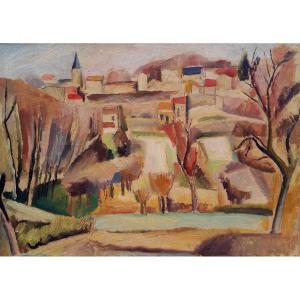




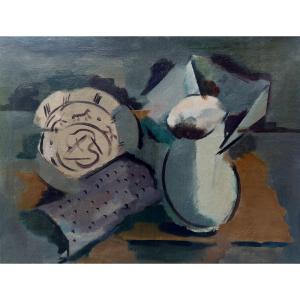

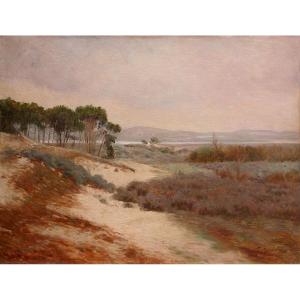
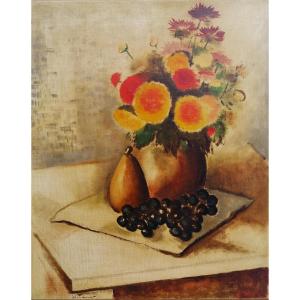

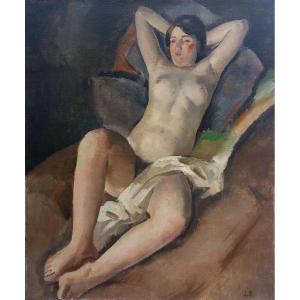
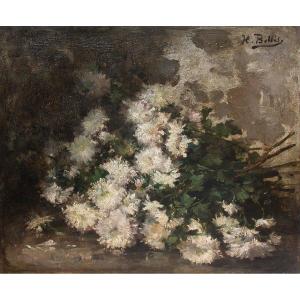

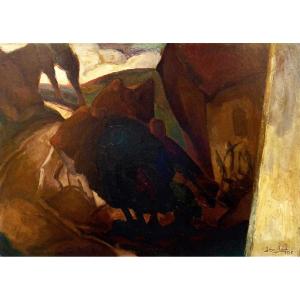
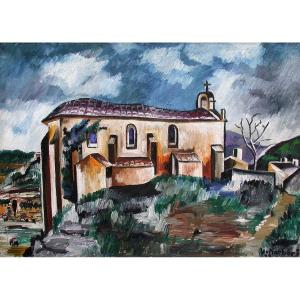
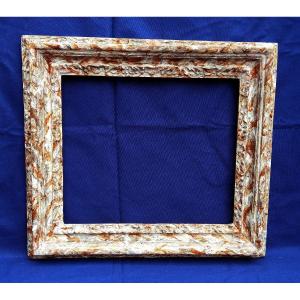


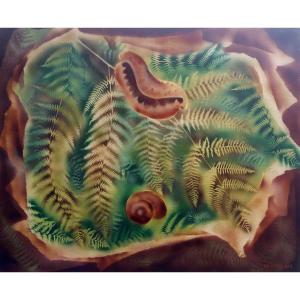
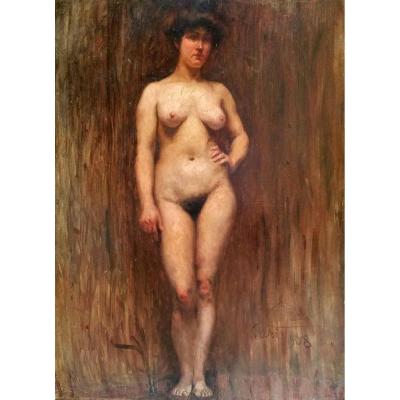
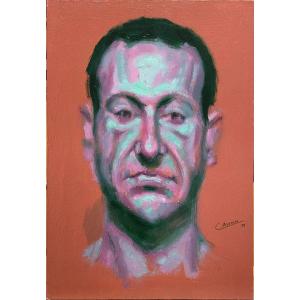

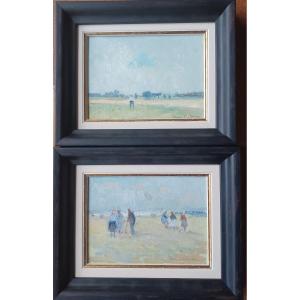





 Le Magazine de PROANTIC
Le Magazine de PROANTIC TRÉSORS Magazine
TRÉSORS Magazine Rivista Artiquariato
Rivista Artiquariato